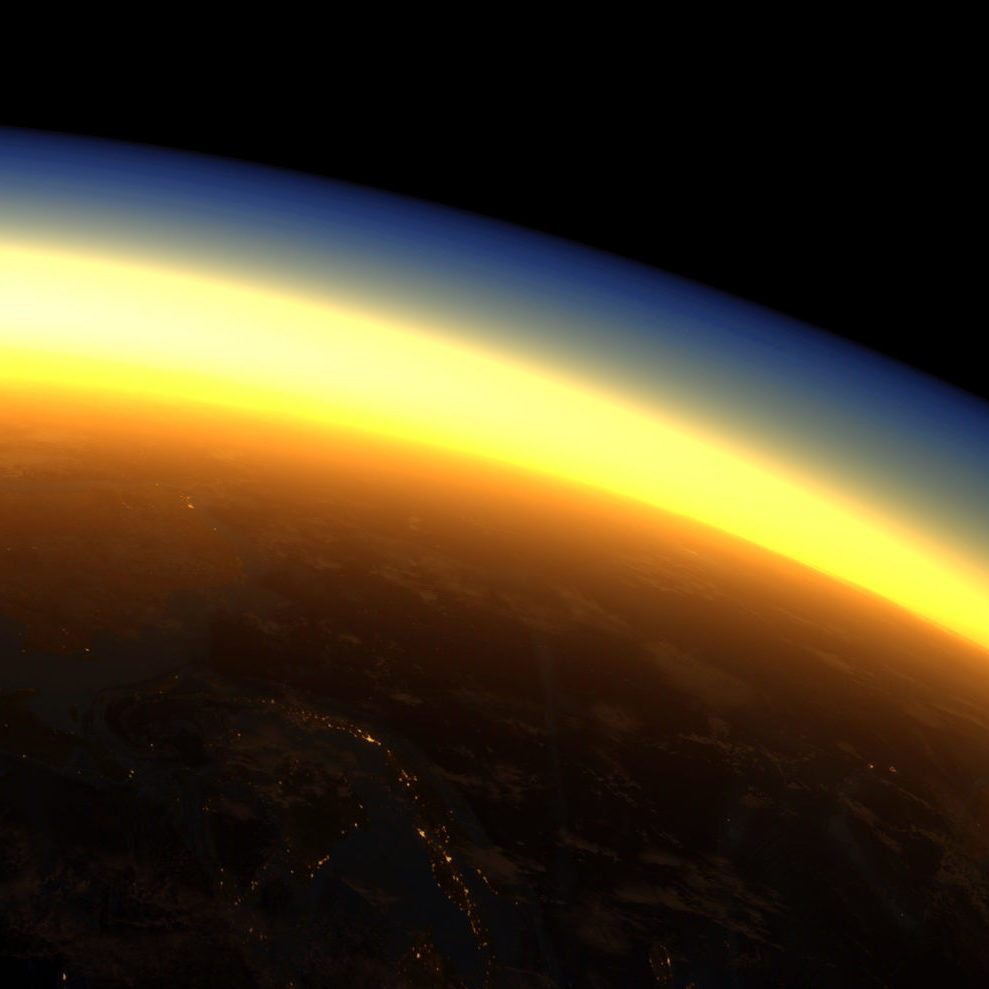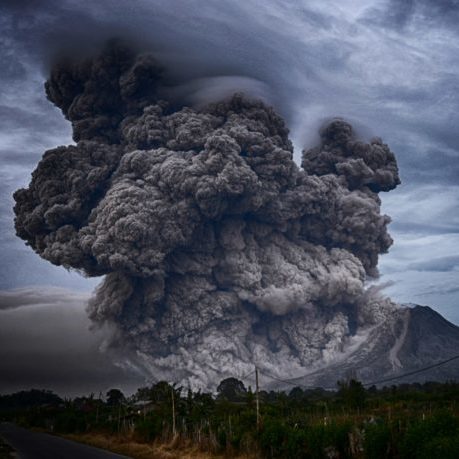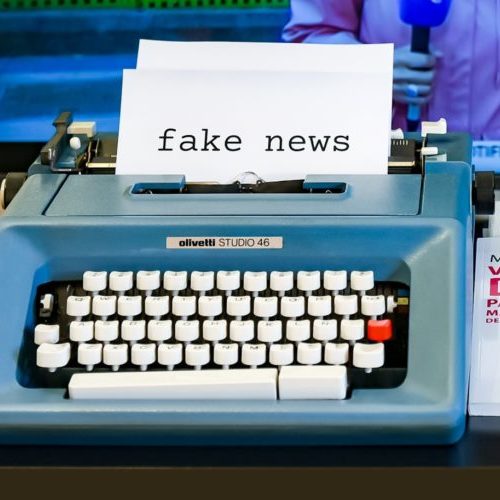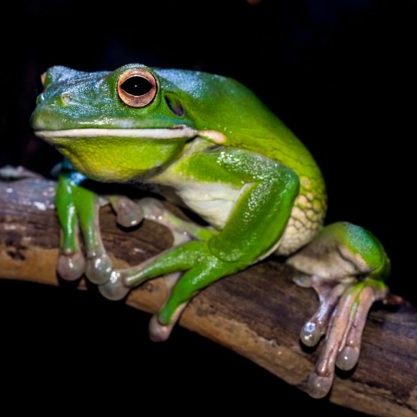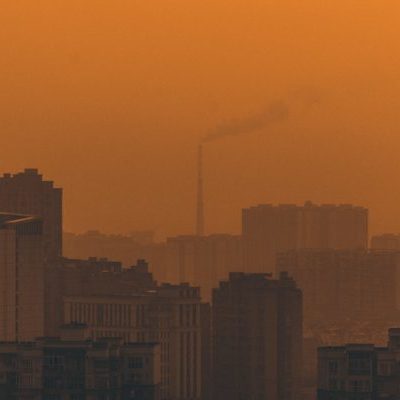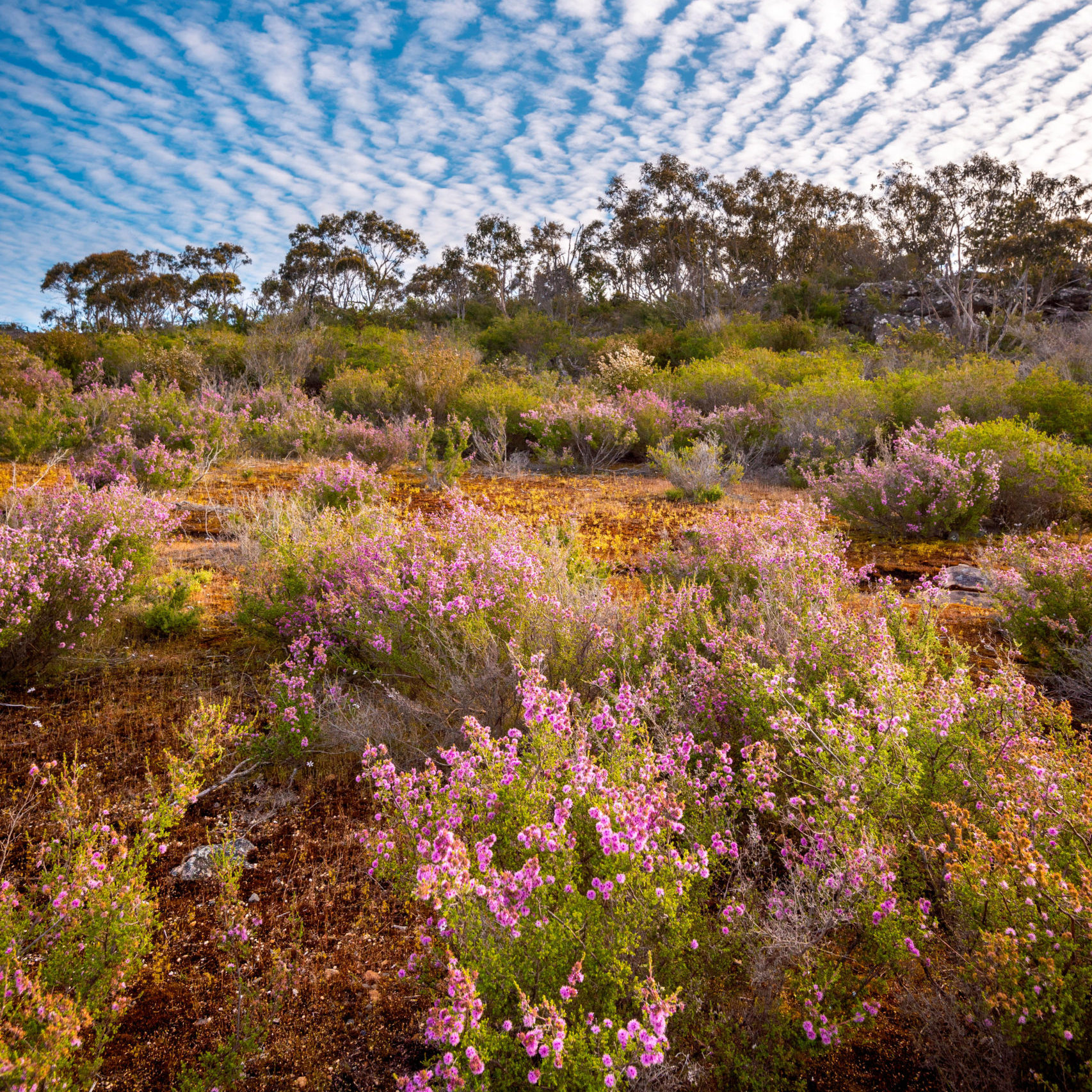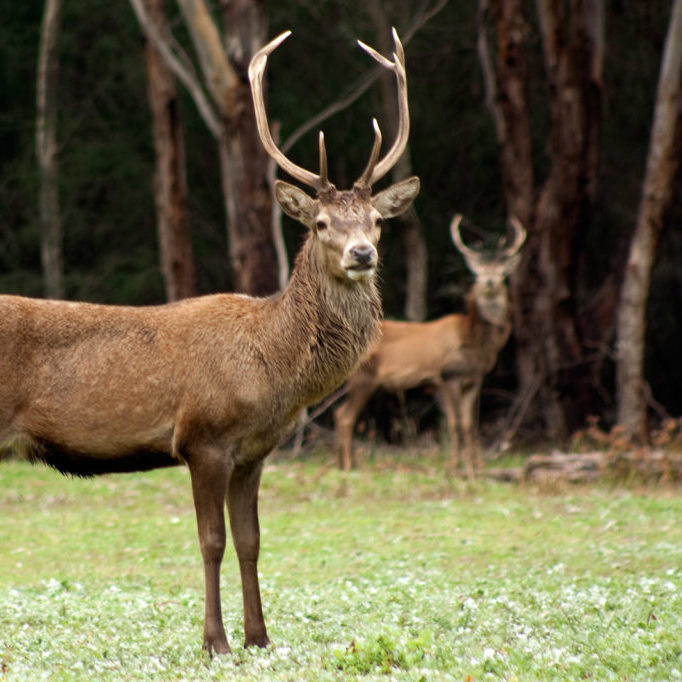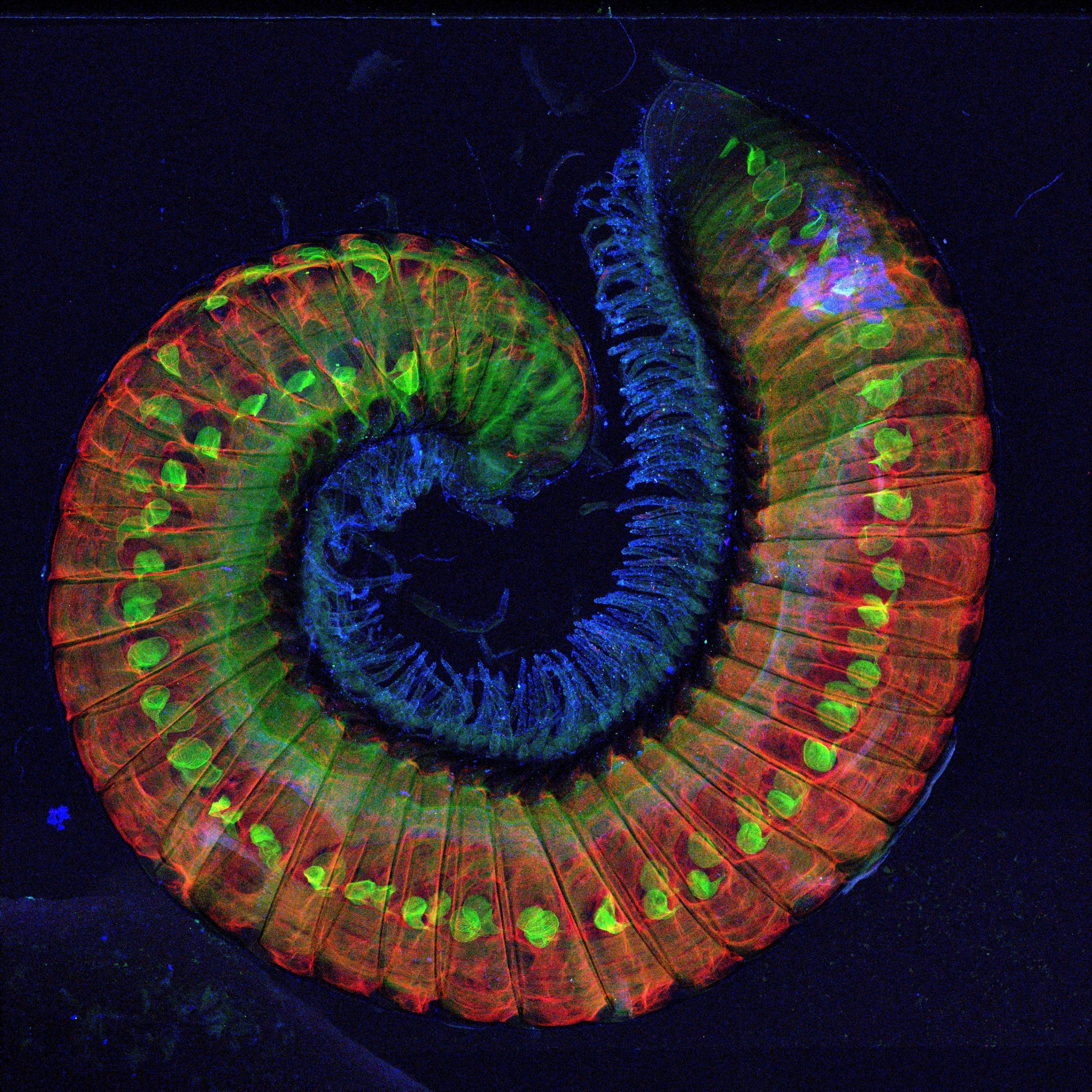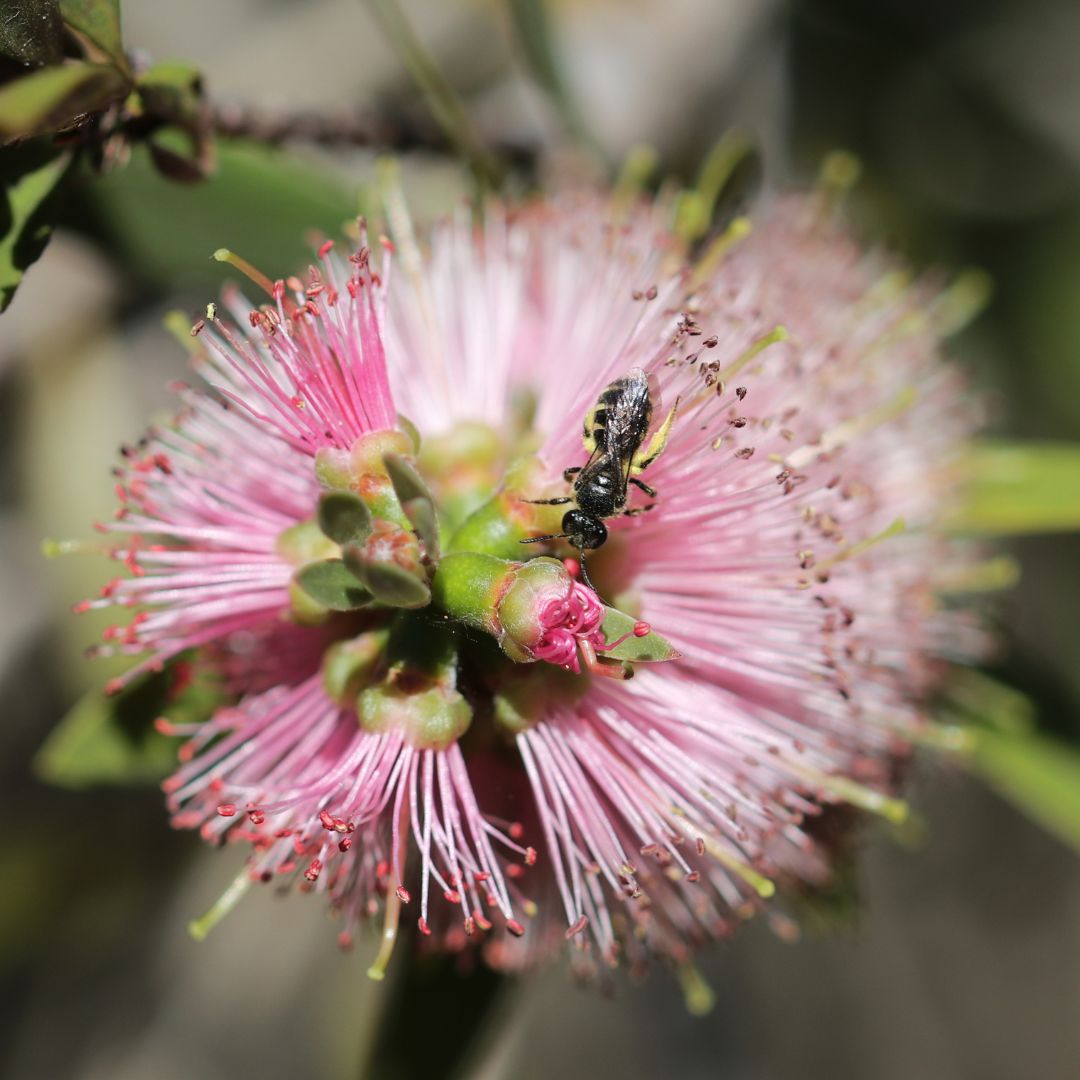The Royal Society of Victoria is our State’s scientific society, founded in 1854. The Society convenes an independent community of science practitioners, educators, industrialists and enthusiasts to promote the understanding and utilisation of scientific knowledge for the benefit of the State of Victoria. Membership is open to any individuals or organisations keen to be involved.
We broker engagement between practitioners of Science, Technology, Engineering, Mathematics & Medicine (STEMM) and the broader Victorian community, seeking to improve general scientific literacy, evidence-based decision making and the translation of scientific knowledge into purposeful actions in our State.
Headquartered on Wurundjeri land in a heritage-listed building at 8 La Trobe Street, Melbourne, the Society provides a statewide program of outreach, partnerships, lectures, forums, programs and projects. A further overview of who we are and what we do is available at our About Us page.
- The current rate of temperature and atmospheric carbon dioxide increase is almost unprecedented in Earth’s entire 4.5-billion-year geological history. The only other time global temperatures and conditions changed this dramatically was when an asteroid hit the Earth 66 million years ago, famously triggering an age of mass extinction and a rapid increase of 5 °C in global temperatures that lasted for roughly 100,000 years.
- There are many factors that contribute to climate change, both in the past and in the present. They were present long before humans evolved; however, many things in our modern world produce extra greenhouse gases, like the burning of fossil fuels. Compared to other processes that produce greenhouse gases or warm our planet, how much are humans to blame, and what can we do about it?
- On digital platforms, disinformation can be introduced by a malicious group or individual, and then shared by many different people – who may have no intention to deceive – as misinformation. With a tsunami of misinformation impacting our public and environmental health and sowing sociopolitical discord around the world, how can we act to protect ourselves and our communities?
- Online abuse and bearing witness to the destruction of what many of us know (and love) intimately can take a heavy toll on scientists and environmental advocates. But the choices we make now will determine the future we inherit. Far from feeling that all is lost, Euan Ritchie urges all to speak and act for the voiceless, to care for and defend what you love.
- Air pollution can alter the regulation of immune systems, stunt lung development, and increase blood pressure, demonstrating that even at a young age, human immune, respiratory, and cardiovascular systems are negatively impacted by exposure. Even before birth, the growth, development, and overall health of unborn babies is impacted. So what can we do about it?
- Working adaptively with fire as a tool for ecological health can help us to prevent the extinction of flora species across Victoria's ecosystems. Ella Plumanns Pouton (University of Melbourne/Deakin University) works to understand how fire regimes support different plants across their whole life cycle, providing a vital scientific foundation for fire management practices that respond to the unfolding global biodiversity crisis.
- Feral deer are capable of increasing 35 to 50 percent each year in population. Peter Jacobs tells us “there is no short-term fix to mitigate deer impacts now that the population has been allowed to grow to over a million animals spread across the state.” But Victorians can still prevent the further spread of destructive invasive deer species to the rest of the Australian continent.
- The unassuming frontage along Blackburn Road in Clayton, Victoria, masks a hidden gem of Australian research infrastructure. Long gone is 1957's iconic Clayton Metro Twin drive-in theatre. Today, the twin projectors have been replaced with a state-of-the-art light source a million times brighter than the Sun; a particle accelerator the size of a football field, the Australian Synchrotron.
- Backyard beekeeping has become quite popular, supporting food production and promoting pro-environmental behaviour, meaning people are more likely to take care of the broader environment. But European honeybees can pose risks to wild pollinators in our cities. They are not a replacement for wild, native bees, which are essential for maintaining biodiversity in Australia's urban ecosystems.



